The ice-breaker (Let’s melt some serious topics!)
Hey there, all you heart-conscious folks! Ready to embark on a journey into the fascinating realm of heart health? Great, because we’re about to unravel the mysteries of the heart – that intricate, somewhat mysterious organ that keeps us ticking. It’s like the superstar of our bodies, and taking care of it is a top priority.
Now, picture this: our trusty sidekicks, coronary angiograms, are here to save the day. These diagnostic wizards are like the Sherlock Holmes of cardiology, helping us figure out what's going on inside our ticker. But guess what? They come in not one, but two flavors! It's like choosing between classic vanilla and modern matcha at the ice cream parlor.

So, grab your favorite cup of coffee, get comfy, and let’s have a relaxed, friendly chat about why coronary angiograms are flat-out awesome. We’ll dive deep into the magic of these tests and weigh the pros and cons of the timeless catheter angiogram and the contemporary CT angiogram. It’s a heart-to-heart conversation you won’t want to miss.
Why Coronary Angiograms Are Heart’s Traffic Cops: Spotting Roadblocks and Issuing Tickets!
Imagine this, folks: your heart, that tireless engine of your body, is working its pumps off, pushing blood through your veins like a marathon runner chasing a finish line. But here’s the deal – even the most resilient engines can get gummed up over time. And that’s where our trusty detectives, coronary angiograms, step in.

These amazing tools are like the Sherlock Holmes or Hercule Poirot of the medical world, sniffing out trouble and pointing us in the right direction. You see, your heart relies on these tiny highways called coronary arteries to deliver the good stuff – oxygen and nutrients. They’re like the lifelines of your heart. But when gunk and goo start building up in these pipelines, things can take a dark turn. We’re talking about angina, where your heart’s screaming for more oxygen, or even the dreaded heart attack, which is like the grand finale of a fireworks show gone terribly wrong.
So, think of coronary angiograms as our secret agents, armed with X-ray vision, on a mission to uncover any roadblocks in those crucial highways. They’re our best shot at preventing heart troubles and keeping that engine roaring smoothly.
Catheter Angiogram: The Old-School Hero
Alright, let’s take a groovy trip down memory lane to the ’80s, a time when catheter angiograms were the rockstars of heart diagnostics. These procedures were like the Elvis Presley of the medical world, complete with their own cool moves.

Picture this: you’re in the doctor’s office, and they’re about to turn your body into a live-action adventure movie. They slip a skinny tube, known as a catheter, into one of your major arteries, usually hanging out in your groin or wrist. It’s like a sneak preview before the real action starts. Then, with the precision of a ninja, they guide this catheter through the winding roads of your blood vessels until it reaches your coronary arteries – the VIP section of your heart’s inner workings.
Now, here’s where the plot thickens – they whip out a contrast dye and shoot it through the catheter. It’s like setting off fireworks in your bloodstream! While you’re there wondering if you’ve become a walking light show, the real magic happens. They take real-time X-ray images of your coronary arteries. It’s like having a front-row seat to a blockbuster movie starring your own veins and arteries.
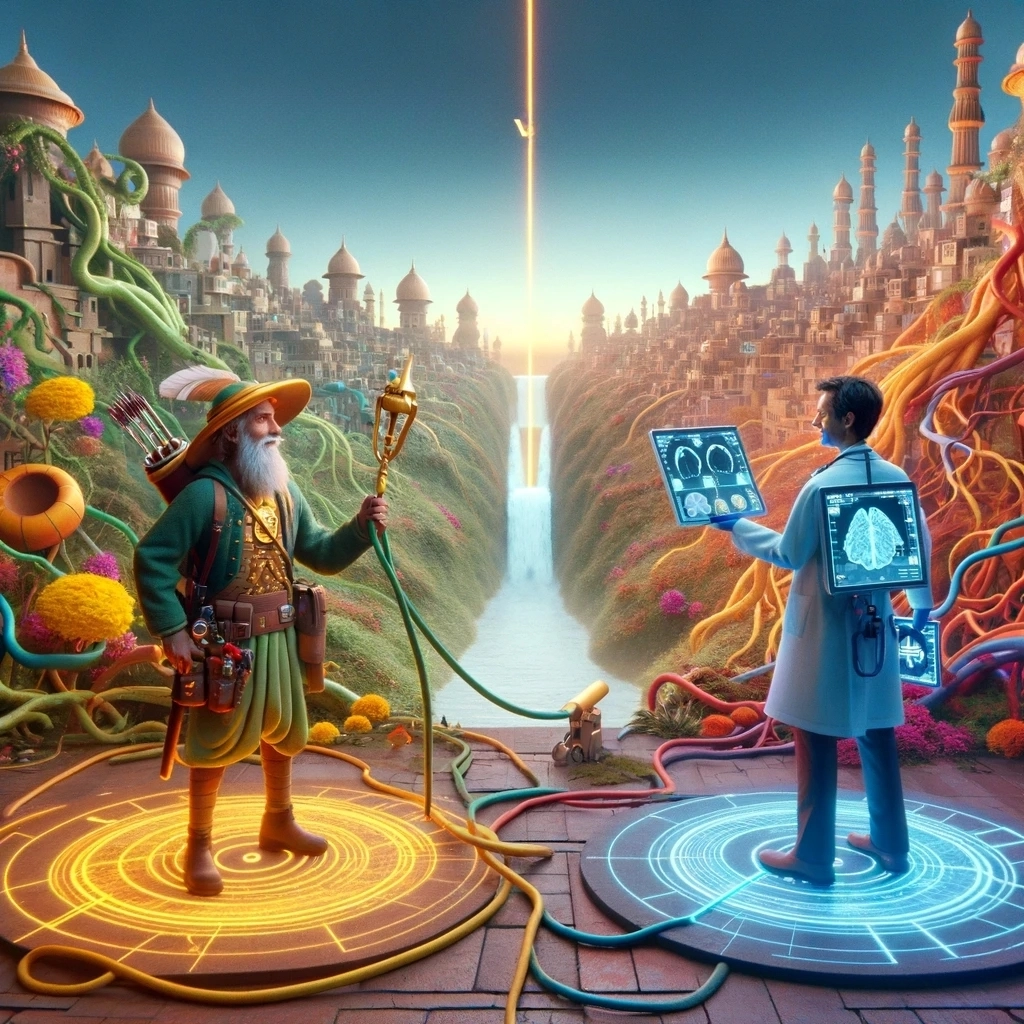
The perks of this ’80s-style showbiz are worth mentioning:
- High-Def Visuals: These catheter angiograms bring us some super clear images. It’s like watching your favorite show in glorious 4K – every detail pops.
- Intervention Mode: If they spot a traffic jam in your arteries, they’re not just spectators – they’re action heroes. With tools like angioplasty or stents, they can swoop in and save the day right then and there, clearing the blockage like a superhero defeating the villain.
- Detective-Level Precision: When it comes to diagnosing coronary artery disease, catheter angiograms are like the Sherlock Holmes of the medical world. They’re accurate, thorough, and won’t rest until they’ve cracked the case.
But, before you don your ’80s shades and join the fan club, let’s talk about the not-so-glamorous side:

- Invasive Alert: This procedure is like inviting someone into your house – it comes with risks. There’s a chance of bleeding or infection, like letting a rowdy guest wreck your living room.
- Hotel Stay: After the catheter angiogram, you might find yourself crashing at the hospital for a bit. They want to make sure everything’s cool, which is a polite way of saying they’re keeping an eye (!) on you.
- Wallet Hit: All that high-tech wizardry doesn’t come cheap. It’s like buying a ticket to a front-row seat at a rock concert – awesome but heavy on the pocket.
So, while catheter angiograms had their moment in the spotlight, they came with their own set of backstage dramas. But hey, in the ’80s, who didn’t love a little drama, right?
CT Angiogram: The New Kid on the Block
Fast forward to the present, and CT angiograms have stolen the spotlight. No catheters here, folks! Instead, it’s all about using a fancy CT scanner and some nifty contrast dye. You get to lie down on a table, and they inject the dye through an IV. The CT scanner then works its magic, creating 3D images of your coronary arteries. It’s like watching a 3D movie, but instead of popcorn, you get a dose of good health.
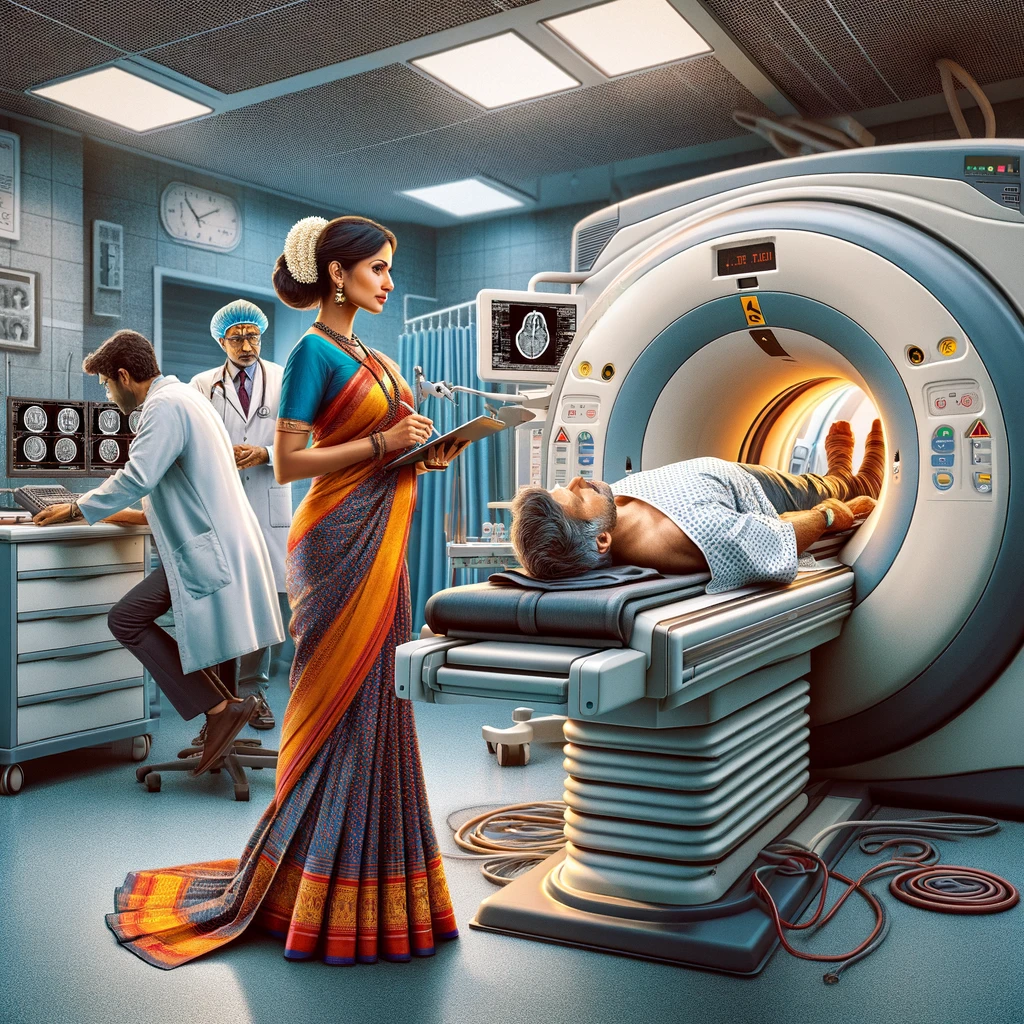
Here’s why CT angiograms are the cool cats:
- No Invasions: You can relax, knowing there’s no tube going into your body. It’s like a walk in the park, only it’s a scan.
- Speedy Gonzales: The whole shebang usually takes under an hour, and you can head home on the same day, ready for your next Lunch!
- Budget-Friendly: Compared to catheter angiograms, it’s a wallet-friendly option that insurance often covers.
But, there’s a catch (not a bad one, though):
- Visual Clarity: The images might not be as ultra-HD as catheter angiograms, but they still get the job done.
- Hands Off: Unlike catheter angiograms, CT angiograms can’t fix anything on the spot – it’s more like giving you a roadmap for future repairs.
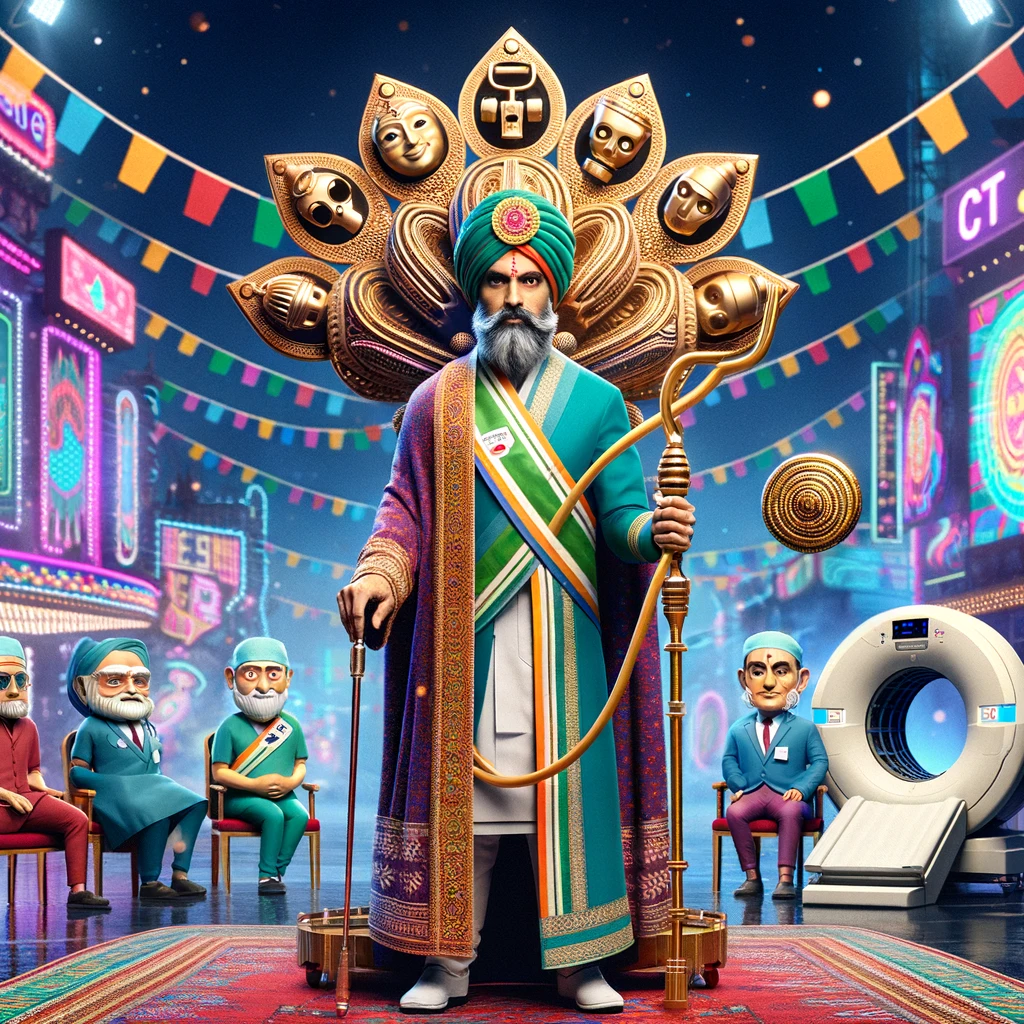
Alright, let’s break it down like we’re comparing two contestants on a reality show. In this corner, we have the Catheter Angiogram, the seasoned veteran, and in the other corner, the CT Angiogram, the fresh-faced newcomer. Let the showdown begin!
Convenience:
Catheter Angiogram: Buckle up because you’re in for a hospital stay, my friend. Bring a book, a crossword puzzle, and maybe even a sleeping bag. Patience is not just a virtue; it’s a survival skill here.
CT Angiogram: Blink, and you might miss it! You’re in and out faster than a magician’s disappearing act. No need to bring your overnight bag – this party’s over before it even started.
Cost:
Catheter Angiogram: Grab your wallet, and get ready for the sticker shock. This is like buying front-row tickets to a Broadway show – premium experience, premium price.

CT Angiogram: It’s a budget-friendly bonanza! Usually, insurance has your back on this one. It’s like getting VIP treatment without breaking the bank.
Risk:
Catheter Angiogram: There’s a slight chance of things going south, like inviting someone over and crossing your fingers they don’t spill red wine on your white carpet. Bleeding and infection are the party crashers we hope to avoid.
CT Angiogram: Hold the phone – we’re talking close to zero risk here. It’s like giving someone a virtual tour of your house without them actually setting foot inside. No real visitors, no real problems.
So, there you have it, folks – the ultimate face-off between the old guard and the new kid on the block. Both have their perks and quirks, but the choice boils down to what suits you best. Whether you’re going for the Hollywood experience with a Catheter Angiogram or the budget-friendly, risk-free CT Angiogram, rest assured, your heart’s in good hands.
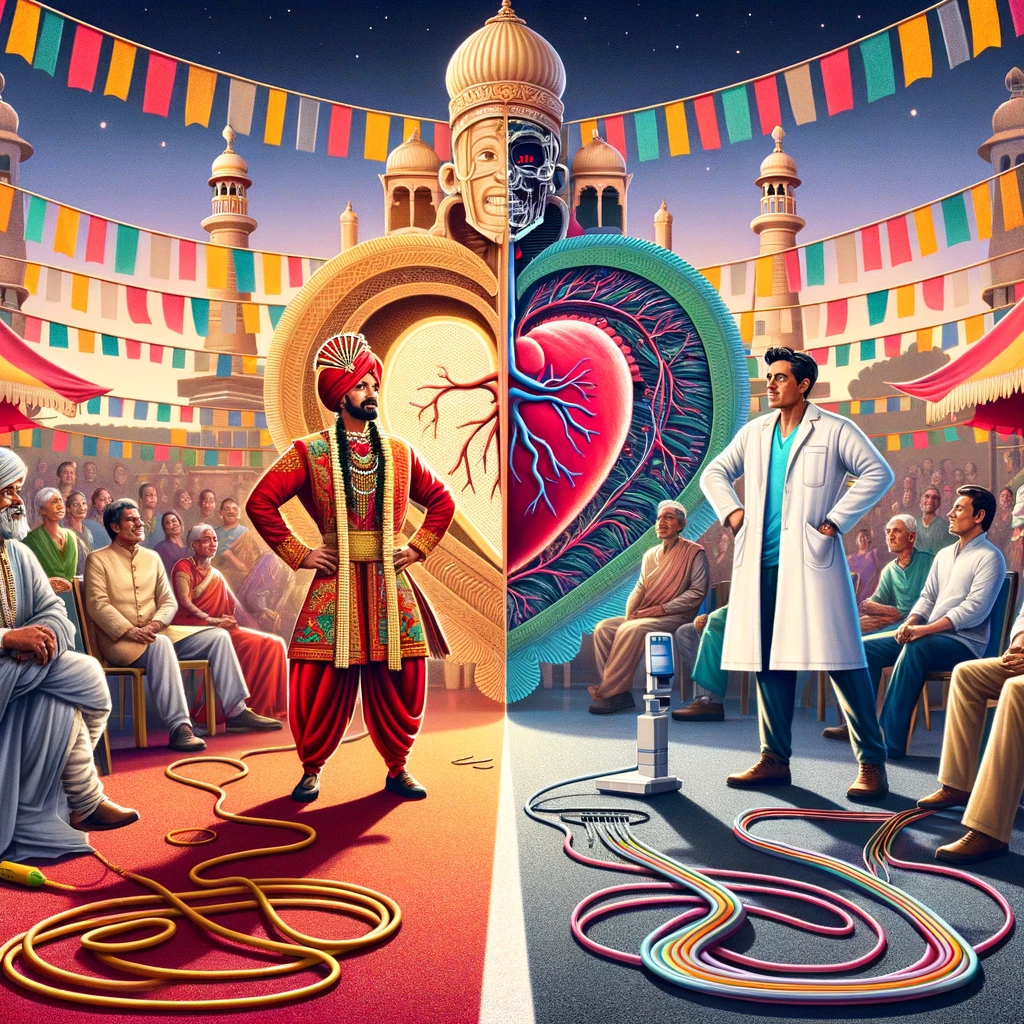
Methodology and outcomes
Alright, folks, time to get down to the nitty-gritty – the Methodology and Outcomes of our two coronary angiogram contenders. Get ready for some behind-the-scenes action as we explore how these heart detectives do their thing.
Methodology: The Heart’s Private Eye
So, here’s the deal – both the catheter angiogram and the CT angiogram are on a mission to unveil the secrets of your coronary arteries. They’re like the heart’s private investigators, trying to crack the case and spill the beans on what’s happening inside your ticker.
Catheter Angiogram: These guys are like James Bond, equipped with all the gadgets and gizmos. They start by sliding a tiny tube (the catheter) into one of your major arteries, often through your groin or wrist. It’s like sneaking into the heart’s secret lair. Then, with ninja-like precision, they navigate through your bloodstream until they reach the coronary arteries – the main event.
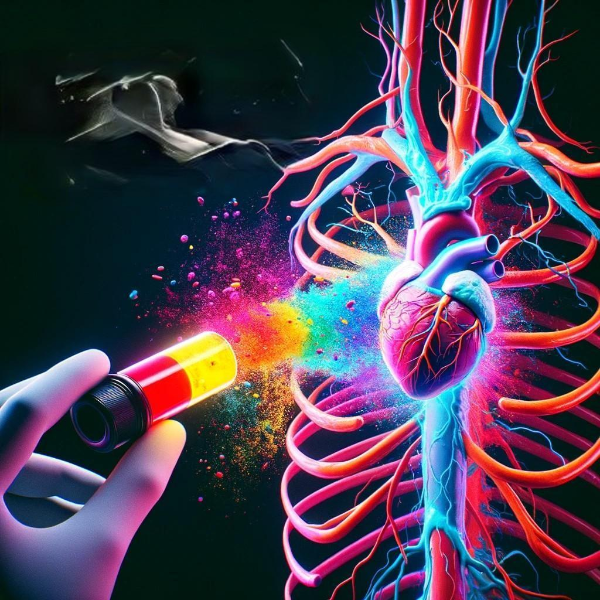
Now, here comes the magic – they unleash a contrast dye. It’s like throwing colorful confetti at a party, but in your blood vessels! This dye lights up like a neon sign in the X-ray images, giving us a real-time, high-definition look at what’s happening in those arteries. It’s as if we’re watching an action movie with explosions and slow-motion car chases – only the action is happening inside you!
CT Angiogram: These modern-day detectives rely on CT scan wizardry and a trusty contrast dye to get the job done. You get to lie back, relax, and let the CT scanner do its thing. No sneaky catheters here. They inject that contrast dye into your veins, and it starts mingling with your blood. Think of it as a fancy cocktail party happening in your bloodstream.
The CT scanner takes hundreds of images from different angles, creating a 3D map of your coronary arteries. It’s like taking panoramic photos of your heart’s highway system. The contrast dye enhances the blood vessels, making them pop in the images. It’s like putting on your favorite pair of glasses and suddenly seeing things crystal clear.

Outcomes: What’s the Verdict?
Now, you might be wondering, “What’s the verdict? Are we any closer to solving the mystery of my heart?” The answer is a resounding YES for both methods.
Catheter Angiogram: This technique gives us high-resolution, real-time images. It’s like watching a live sports event in HD – every move is crystal clear. If there’s a traffic jam or a blockage, they can spot it right away and, here’s the kicker, they can spring into action with an angioplasty or a stent. It’s like having a superhero on standby, ready to swoop in and save the day.

CT Angiogram: While not quite as high-res as the catheter version, it’s still like watching your favorite movie in good ol’ standard definition – you can definitely see what’s going on. CT angiograms are all about accuracy without the need for immediate action. They provide a clear map of your heart’s arteries, making it easier for doctors to plan future interventions if necessary.
Bottom Line: Heart’s Highway Unveiled
In the end, both catheter and CT angiograms are like master detectives, each with their own style, like Sherlock Holms and Hercule Poirot! Whether it’s catheter’s real-time action shots or CT’s 3D highway map, they both spill the beans on what’s happening in your coronary arteries. They’re like Google Maps for your heart, guiding doctors on the road to better heart health.
So, rest assured, whether it’s the high-octane action of catheter angiograms or the modern convenience of CT angiograms, you’re in good hands. Your heart’s secrets won’t stay hidden for long, and that’s a win for your health!

Clinical Applications
Alright, let’s tackle the million-dollar question: when do you choose a catheter angiogram over a CT angiogram, or vice versa? It’s all about picking the right tool for the job, just like you wouldn’t use a sledgehammer to hang a picture frame. So, let’s dive into the world of clinical applications.
Catheter Angiograms: The Action Heroes
Imagine your heart is throwing a wild party, and suddenly there’s a fire. What do you do? You dial 108, right? Well, that’s how catheter angiograms work – they’re the first responders of the heart world. When there’s a cardiac emergency, like chest pain that won’t quit, or if you’re on the brink of a heart attack, these folks are your go-to heroes.
They’re like firefighters rushing to the scene with sirens blaring. The catheter angiogram can swoop in, identify the blockage, and – here’s where it gets dramatic – perform an angioplasty or slide in a stent to clear the clog. It’s like the superhero rescue squad landing right in your coronary arteries. That immediate action can be a game-changer and save lives on the spot.
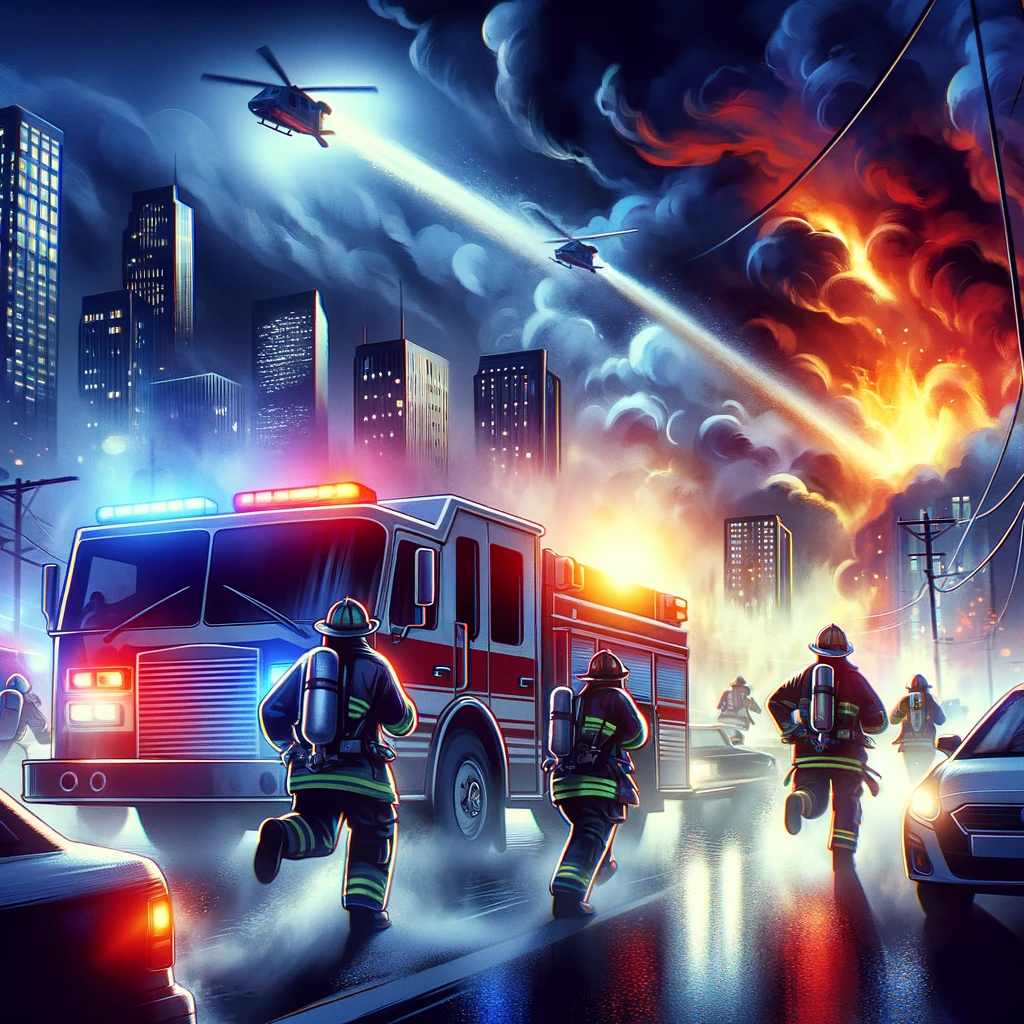
CT Angiograms: The Trusty GPS
Now, let’s shift gears to CT angiograms – they’re the trusty GPS of the heart world. You wouldn’t call 108 for a routine road trip, would you? No siree! Similarly, CT angiograms aren’t for emergencies. They’re more like your co-pilot for non-emergency journeys through your heart’s highways.
So when might you opt for a CT angiogram? Picture this: your doctor wants a closer look at your coronary arteries but without the rush. It’s like using your GPS to plan a leisurely road trip. Or maybe you’re gearing up for heart surgery, and your surgeon needs a detailed map of your heart’s terrain before the big operation. CT angiograms excel at providing these clear and precise maps, like giving your surgeon the ultimate cheat sheet.

And here’s the best part – they’re quick, convenient, and you can often go home on the same day. It’s like having your GPS guide you on a scenic route, and then you’re back home in time for dinner.
In a Nutshell
So there you have it, the showdown between catheter angiograms and CT angiograms. It’s all about timing and the job at hand. In an emergency, call in the catheter angiograms for immediate action, just like you’d dial 101 for a fire. But when it’s a routine check-up or surgery planning, let the CT angiograms be your trusty GPS, guiding you through the scenic route of your heart’s health journey.

No matter which one you choose, both are tools in the arsenal of modern medicine, helping us keep those hearts beating strong and steady. And that’s a win-win for everyone!
Conclusion
And there you have it, my heart-savvy pals – the inside scoop on coronary angiograms and their dynamic duo, the catheter and CT angiograms. Whether you’re rocking the classic, high-definition action of catheter angiograms or cruising with the sleek, modern vibes of CT angiograms, it all boils down to your unique situation and preferences. It’s like choosing between classic rock and the latest chart-toppers – both have their fans!

The grand finale (Cue the fireworks!)
They’re both superheroes in the fight against heart issues. They might wear different capes, but their mission is the same: keeping your ticker in tip-top shape. So, don’t be shy – if someone tries to throw fancy medical jargon at you, just toss them a friendly wink and say, “Nah, it’s all about angiograms!” Trust me; your heart will be sending you virtual high-fives for being in the know.
In the grand scheme of things, these angiograms are your heart’s allies, helping doctors solve the mysteries of your cardiovascular system. So, embrace the knowledge, make informed decisions, and let your heart do what it does best – keeping you going strong, one beat at a time. Cheers to heart health, my friends! 🥂💓